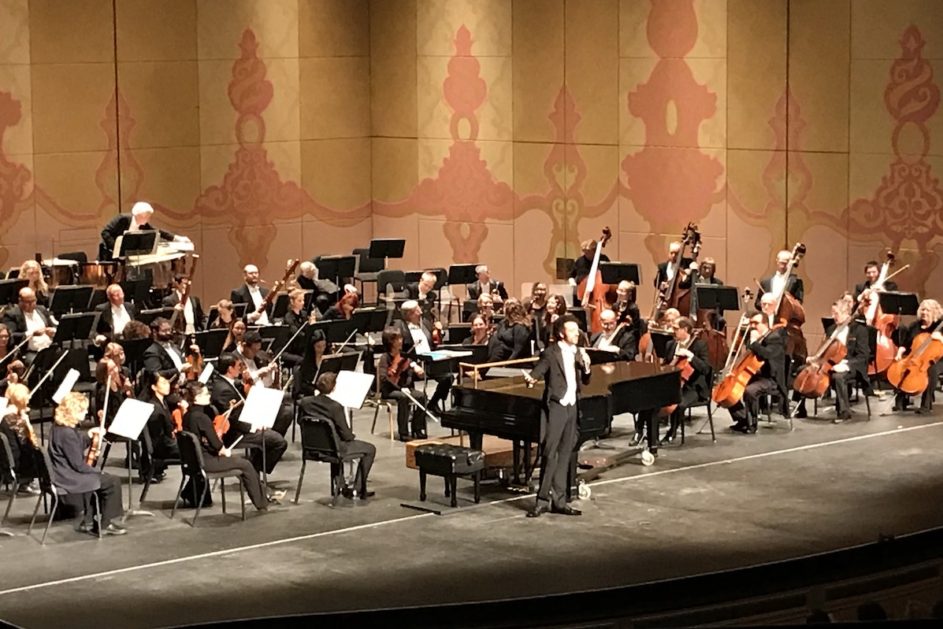From the music of youthful genius to soul-satisfying playing by the KSO musicians, Thursday night’s concert of music written by Robert Schumann’s circle of friends was perfect for a cold November evening.
Felix Mendelssohn’s “Overture to ‘A Midsummer Night’s Dream,’ ” Op. 21, written when he was only 17, opened the program. Clara Schumann’s “Piano Concerto in A Minor,” Op. 7, which followed, was written when she was only 16.
Superbly played by pianist Gabriela Martinez, the concerto understandably doesn’t have the musical depth or performance challenges of Robert Schumann’s only piano concerto, written in the same key in 1845, 10 years after Clara’s.
Martinez beautifully captured the gentleness of spirit in Clara Schumann’s concerto. The first movement cadenza was more of a lovely song than the typical cadenza showpiece. It had the sensibility of a nocturne written by Frédéric Chopin, who was nine years older than Clara and whose music young Clara Wieck certainly knew.
It also had warm, satisfying passages played by Martinez and principal cellist Andy Bryenton.
Martinez plays with style. But she isn’t a flashy performer, at least not in this piece. There was a sense of comfortableness that perfectly suited the music.
Christina Courtin’s orchestral arrangement of Fanny Mendelssohn-Hensel’s piano work “Notturno in G Minor,” written in 1838, began the second half of the program. Written for strings and flute, it had wonderful flute playing by principal flute Hannah Hammel.
The interconnections between the composers on this program had multiple dimensions.
Fanny was Felix’s older sister. The Mendelssohns came from a wealthy family. They befriended Robert Schumann early on. Clara Wieck and Robert met when Robert was studying piano with Clara’s father, the noted piano teacher Friedrich Wieck. Clara and Robert were immediately struck by each other. They married against her father’s wishes, likely because the senior Wieck had already sensed Robert’s developing mental illness that kept him institutionalized the last years of his life.
Together, the Mendelssohns befriended and took into their company Johannes Brahms, who loved Clara as much as Robert did.
Brahms was 14 years younger than Clara, and she had eight children to raise. She was also one of the great concert pianists, responsible for earning the family’s income, with Robert ill much of the time. She was also the first to play any piano music Brahms wrote. She was truly a concert superstar in an age when women composers or performers were not socially acceptable.
Robert Schumann’s “Symphony No. 3 in E-Flat Major,” Op. 97, written in 1850, followed Fanny Mendelssohn-Hensel’s short “Notturno.”
This time, it was the horn section’s glorious playing that made the music memorable, with principal Jeffery Whaley joined by Sean Donovan, Brooke Ten Napel, Kelsey Bentley and UT horn professor Katie Johnson to fill out Schumann’s demand for five horns.
Their playing was magnificent.
Guest conductor Eric Jacobsen was on top of the music throughout the program. But his work in Brahms’ 1869 orchestration of his own piano work “Hungarian Dance No. 1 in G Minor” showed off his gifts as a conductor.
Jacobsen’s control of the changing tempi and rhythms gave the music a fluid sense of movement that was delightful.
Bravos to all!

